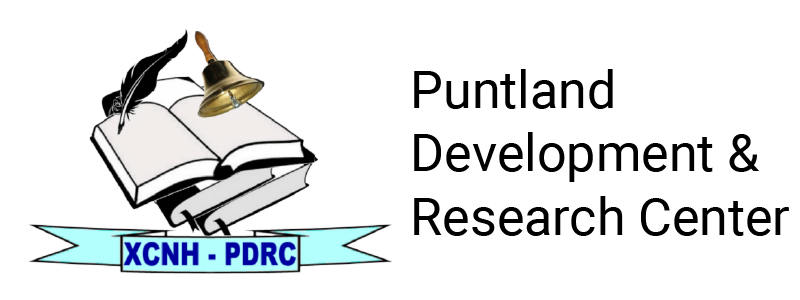Following the most recent outbreak of violent conflict between north and south Galkacyo in November2016, the Somali region and the international community’s attention turned once more to the city of Galkacyo. In this context, on the request of and with support from UNDP and UNSOM, Interpeace brought together a multidimensional team and launched engagement in Galkacyo. This engagement aimed firstly to respond to the recent outbreak in violence by supporting the Joint Ceasefire Committee (JCC), and secondly to consider long-term peacebuilding needs in the city. This conflict assessment study addresses this second goal: to contribute to the development of informed, sustained and meaningful engagement and solutions for peace and stability in Galkacyo.
The Galkacyo conflict has long roots and connections with numerous traditional conflicts. Reflecting the border between the Hawiye and Darood communities it represents competition for political ascendancy between these clans on the national level. Similarly, it reflects historical grievances and the wounds from the civil war, including killings and issues related to property rights violations. It is against this backdrop that finding a solution to the Galkacyo conflict is so significant, not only from a local perspective, but for the entire Somali region. A durable solution to the Galkacyo conflict will by default also have a huge bearing on reconciliation at the national level and in turn peacebuilding work carried out in Galkacyo could serve as a model for similar interventions in similar existing or emerging border conflicts relating to the creation of the federal states.

